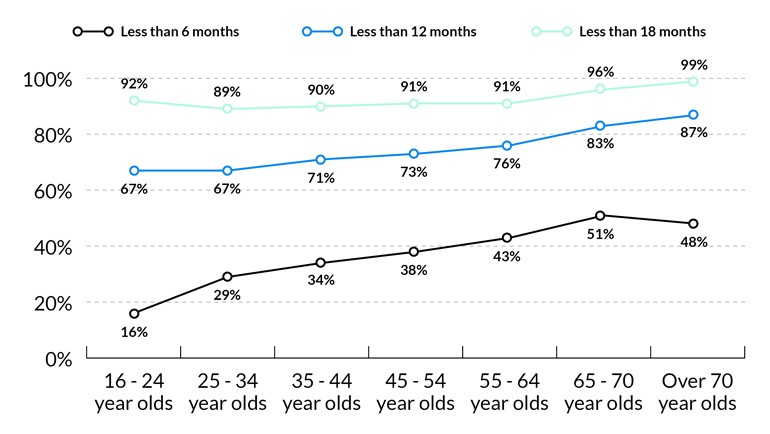Learning to drive is a significant milestone, often associated with freedom and independence. But how long does it realistically take to become a proficient driver? The common question, “Can I Learn To Drive In A Month?” is complex and depends on various factors. While a month might be sufficient for some, most learners require a more extended period. This article explores the timeframe for obtaining a driver’s license, considering factors like lessons, practice, and individual learning curves.
The Average Learning Timeline
The Driver and Vehicle Standards Agency (DVSA) suggests around 45 hours of professional lessons and 22 hours of practice to become test-ready. This translates to roughly 5-6 hours of driving per month, spread over a year. While intensive driving courses condense lessons into a shorter timeframe, achieving competency within a single month is ambitious for most beginners.
Government data reveals that over two-thirds of learner drivers in the UK obtain their license within a year. However, only a small percentage (around 18.5%) achieve this feat in under six months, often due to prior driving experience or faster learning abilities.
Factors Influencing Learning Time
Several factors contribute to the overall learning duration:
Age and Experience
Age plays a significant role. Older learners, particularly those aged 44 and above, often acquire their licenses faster than younger counterparts. This could be attributed to greater life experience, improved focus, and potentially prior exposure to driving. Interestingly, data indicates that the slowest learners fall within the 25-34 age bracket.
Location and Instructor Availability
Geographic location can influence learning time. Areas with higher instructor availability and less congested roads may facilitate faster progress. Finding a qualified instructor with a compatible teaching style and scheduling flexibility is crucial for efficient learning. Waiting lists for lessons can also extend the overall timeline.
Financial Resources
Driving lessons and tests involve financial investment. Saving for lessons, tests, and potential practice vehicle insurance can impact how quickly one can progress through the learning phases.
Individual Learning Curve
Each individual learns at a different pace. Some grasp concepts quickly, while others require more time and practice. Natural aptitude, coordination, and confidence levels contribute to the individual learning curve.
Stages of Learning to Drive
Pre-Driving Preparations
Obtaining a provisional license, finding a suitable instructor, and securing learner driver insurance are essential initial steps. These administrative processes can take several weeks.
Theory Test
Passing the theory test, encompassing traffic rules and hazard perception, is mandatory before taking the practical driving test. Thorough preparation, including mock tests, is recommended and can take a few weeks.
Practical Lessons
Consistent driving lessons with a qualified instructor form the core of learning. The frequency and duration of lessons depend on individual needs, financial resources, and instructor availability.
Practice Driving
Supplementing lessons with supervised practice driving is crucial for skill development and confidence building. Access to a vehicle and a supervising driver significantly influence the amount of practice one can undertake.
Practical Driving Test
The final hurdle is the practical driving test, evaluating driving skills and road safety knowledge. Booking the test and potential retests can add to the overall timeline.
Conclusion
While learning to drive in a month is theoretically possible with intensive courses and dedicated effort, it’s not the norm. Most learners require several months to acquire the necessary skills and confidence for safe and independent driving. Factors such as age, location, financial resources, and individual learning pace significantly influence the overall timeline. A realistic approach involves consistent lessons, ample practice, thorough theory preparation, and a focus on building a strong foundation for safe driving habits. Remember, the journey to becoming a confident driver is about competency, not just speed.

